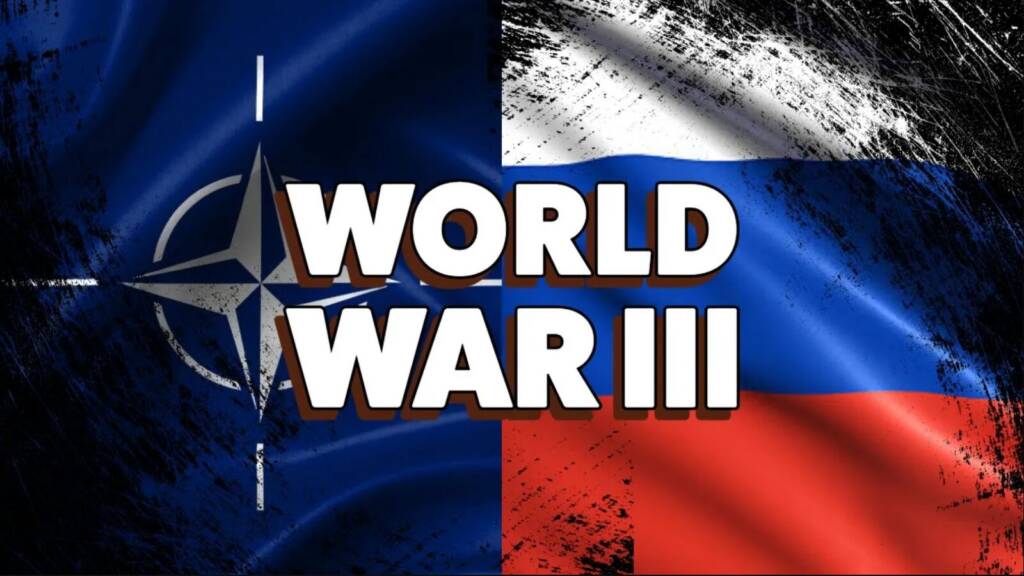NATO’s involvement in Ukraine is dangerously amplifying an already volatile situation. The alliance’s recent actions, deploying combat troops from countries like Poland, France, the UK, Finland, and others into Ukraine, are not merely supportive or defensive measures. These are combat-ready troops, donning uniforms marked distinctly with their home countries’ insignia, signaling an undeniable escalation in direct involvement. Despite NATO’s narrative that these troops are in Ukraine to operate Western technology, their presence in combat zones and participation in hostilities unequivocally classify them as active combatants.
This move by NATO mirrors the disingenuous strategies of past U.S. military engagements, such as the Vietnam War, where so-called “advisors” quickly became entrenched in direct combat. The pretext of technical assistance and advisory roles thinly veils the truth of these deployments: NATO is stepping beyond the bounds of mere support into active, offensive military engagement.
The Biden administration, meanwhile, maintains a public stance against the deployment of NATO soldiers to Ukraine, perhaps holding back full commitment until after the U.S. presidential elections. However, the recent $60 billion aid package to Ukraine passed by Congress suggests a readiness to support further military engagement, regardless of the administration’s public declarations.
Moreover, the consequences of such involvement are far-reaching. Reports suggest a significant increase in the size and experience of the Russian military since the conflict began, alongside their advancements in countering high-tech U.S. systems. In contrast, NATO appears outmatched in several critical areas, including weaponry, manpower, and industrial capabilities. The diversion of defense resources to Ukraine has not only escalated the conflict but also potentially weakened the defense postures of NATO member countries themselves.
NATO’s involvement in Ukraine not only exacerbates the conflict but also dangerously skirts the edges of a broader war. The consensus within the US National Security establishment suggests that Ukraine is on the brink of losing the war against Russia, with potential for the complete collapse of its military. Despite this grim outlook, NATO’s strategy remains bafflingly counterproductive.
Several top brigades in the Ukrainian forces, such as the 25th Airborne Assault Brigade and the 47th Mechanized Brigade, are refusing orders and demanding rotations after extended periods on the frontline. This internal disarray within Ukraine’s military is a clear indication of the severe strains brought about by prolonged conflict. Instead of stabilizing the situation, NATO’s actions—such as pushing for the recruitment of Ukrainian refugees from countries like Lithuania and Poland—only deepen the crisis.
Moreover, the training of Ukrainian pilots on F-16 aircraft has been underwhelming. Language barriers and unfamiliarity with Western systems have significantly hindered progress. Reports suggest that, despite extensive training efforts, the effectiveness of these newly trained pilots is questionable. There’s talk of relying on “retired” European pilots to operate these advanced jets—a move that smacks of desperation and underscores the inadequacies of current support structures.
NATO’s approach, which includes sending “advisers” and potentially more direct involvement post-US elections, reveals a dangerous gamble. By attempting to patch the gaping holes in Ukraine’s military capabilities with makeshift solutions, NATO is not leading a path to peace but rather pushing towards an escalation that could trigger a larger European conflict. The Russians, aware of these dynamics, are intensifying their efforts to capitalize on the situation before any potential increase in U.S. military involvement under a reelected Biden administration.
This misguided strategy by NATO does not just risk Ukrainian stability but threatens to draw the entire European continent into a wider, more devastating conflict. The alliance’s current trajectory could lead to an escalation into what may very well become World War III, should the situation spiral out of control following the introduction of U.S. forces. It is a high-stakes game where the price of failure is not just the fall of a nation but potentially the peace of an entire region. NATO’s role, far from being the stabilizer it purports to be, is in reality a catalyst for further turmoil.
